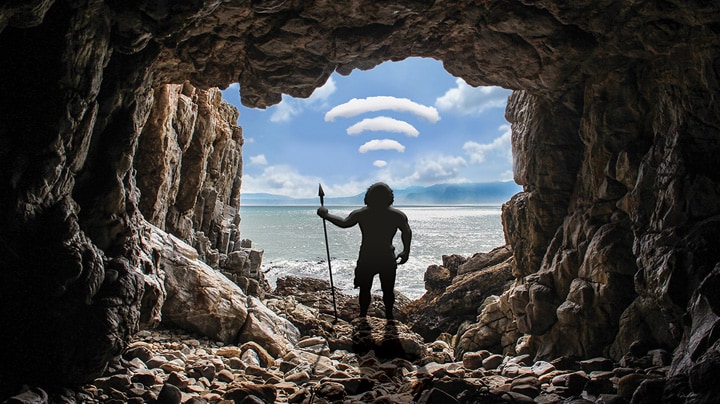The Digital Pivot

The pivot from analog to digital changed everything, including the way we work, play, communicate, create, learn, lead, and apparently (according to the image above) even the way we appreciate art.
Those of us who were “born digital” missed the pivot.
The pivot forced us to redefine ourselves and the way we interact as citizens, business professionals, soldiers, retailers, educators, politicians, volunteers, and even as families. Most of these changes are recent. Yet, they are a tiny fraction of the behavioral changes that we now find ourselves forced to adopt. If we fail to change as individuals, we might find ourselves less connected or less employable. But as business leaders, a failure to pivot to digital will make us irrelevant to those we serve.
There was a time when leaders consumed information by reports and presentations; now they livestream events even as they unfold. Sage advice was given by trusted advisors; leaders today rely on artificial intelligence for suprahuman insight. The analog organizations of old were hierarchical; now they must flatten to survive a crisis. But most importantly for leaders: While once their organizations were active participants in their fields, today they must also be visionary anticipants. And those who cannot anticipate will wither and die.
The fastest pivot yet

The pivot from Paleolithic cave-dwelling to Neolithic agriculture took humans tens of thousands of years. The digital pivot took only 10 years
The revolution that put these changes into play began and ended within a single, technologically explosive period from 2000 to 2010. This was a decade that sent the great mass of human society crashing out of the analog age into the digital. By all measures of economic and social impact, that transition has been the greatest and fastest of any pivot in history.
In comparison, the scientific pivot that started in 1440 and introduced the printing press took 200 years. Going back even earlier, the Neolithic pivot, which introduced agriculture, took 10,000 years.
As with every high-impact swivel in our past, the transition from analog to digital was propelled by technological innovation that quickly made it useful for humans to do things in new ways. While the downsides of each change have been many, the advantages clearly outweighed the drawbacks, and so we marched forward.
